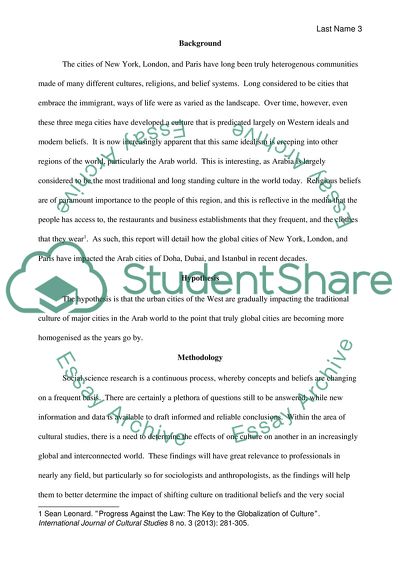Cite this document
(Are Global Cities Westernizing or Homogenizing Culture in Cities Research Paper, n.d.)
Are Global Cities Westernizing or Homogenizing Culture in Cities Research Paper. https://studentshare.org/geography/1849101-global-cities-are-global-cities-westernizinghomogenizing-culture-in-cities
Are Global Cities Westernizing or Homogenizing Culture in Cities Research Paper. https://studentshare.org/geography/1849101-global-cities-are-global-cities-westernizinghomogenizing-culture-in-cities
(Are Global Cities Westernizing or Homogenizing Culture in Cities Research Paper)
Are Global Cities Westernizing or Homogenizing Culture in Cities Research Paper. https://studentshare.org/geography/1849101-global-cities-are-global-cities-westernizinghomogenizing-culture-in-cities.
Are Global Cities Westernizing or Homogenizing Culture in Cities Research Paper. https://studentshare.org/geography/1849101-global-cities-are-global-cities-westernizinghomogenizing-culture-in-cities.
“Are Global Cities Westernizing or Homogenizing Culture in Cities Research Paper”. https://studentshare.org/geography/1849101-global-cities-are-global-cities-westernizinghomogenizing-culture-in-cities.


